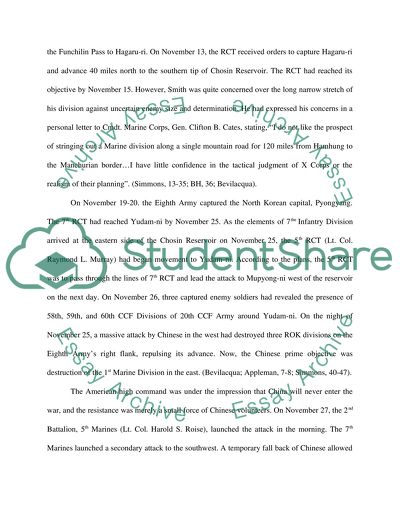Cite this document
(“The Battle for Fox Hill Research Paper Example | Topics and Well Written Essays - 2500 words”, n.d.)
The Battle for Fox Hill Research Paper Example | Topics and Well Written Essays - 2500 words. Retrieved from https://studentshare.org/military/1403543-the-actions-fox
The Battle for Fox Hill Research Paper Example | Topics and Well Written Essays - 2500 words. Retrieved from https://studentshare.org/military/1403543-the-actions-fox
(The Battle for Fox Hill Research Paper Example | Topics and Well Written Essays - 2500 Words)
The Battle for Fox Hill Research Paper Example | Topics and Well Written Essays - 2500 Words. https://studentshare.org/military/1403543-the-actions-fox.
The Battle for Fox Hill Research Paper Example | Topics and Well Written Essays - 2500 Words. https://studentshare.org/military/1403543-the-actions-fox.
“The Battle for Fox Hill Research Paper Example | Topics and Well Written Essays - 2500 Words”, n.d. https://studentshare.org/military/1403543-the-actions-fox.


